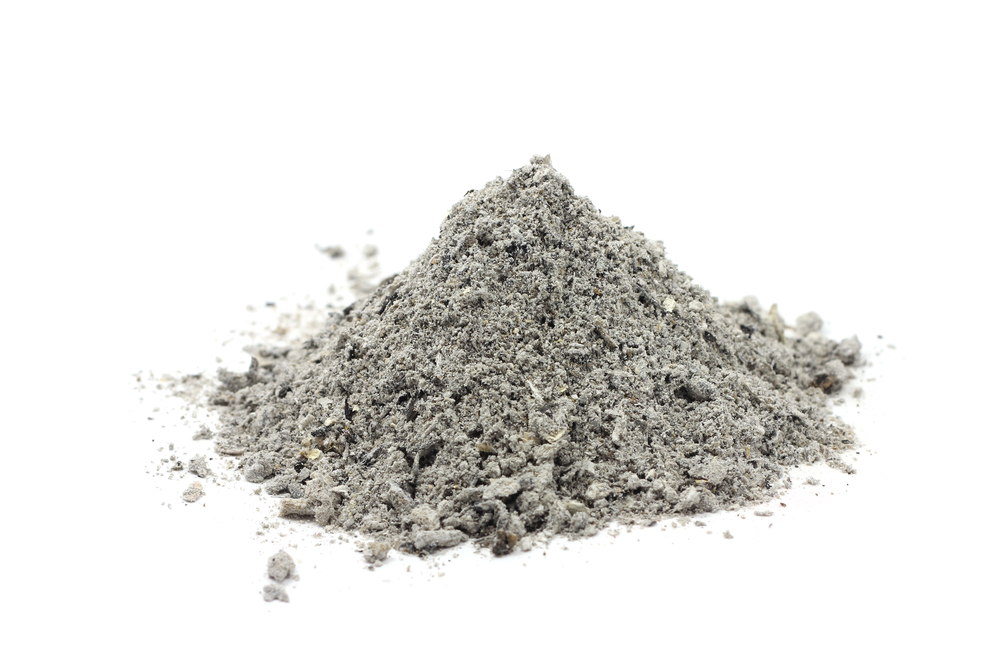Background: Ash refers to any inorganic material, such as minerals, present in food. It’s called ash because it’s residue that remains after ignition removes water and organic material such as fat and protein. Ash is composed of the minerals which do not combust during the analysis such as salts, carbonates and silicates. Ash can include both compounds with essential minerals, such as calcium and potassium, and toxic materials, such as mercury. Generally, any natural food will be less than 5% ash in content, while some processed foods can have an ash content of 10% or more.
Method
Equipment
Turn Around Time
Sample Required
Type of Test
Reportable Units
Measurement Range
AOAC 923.03 Ash of Flour; 920.153 Ash of Meat; 900.02 Ash of Sugars & Syrups
Muffle Furnace
5 to 10 Business Days
2 to 5 grams is analyzed from a homogenized sample
High temperature combustion
% Ash
Lower detection limit: 0.01 % Ash
Analysis Description: Samples to be analyzed are homogenized and a representative test portion is weighed into a crucible which has been previously ignited. Samples are then ignited in a muffle furnace at 550°C until light gray ash results. Ash is weighed and a percentage of the total ash in the original sample is calculated and reported.
Additional sample preparation steps are taken as required by certain sample matrices.


